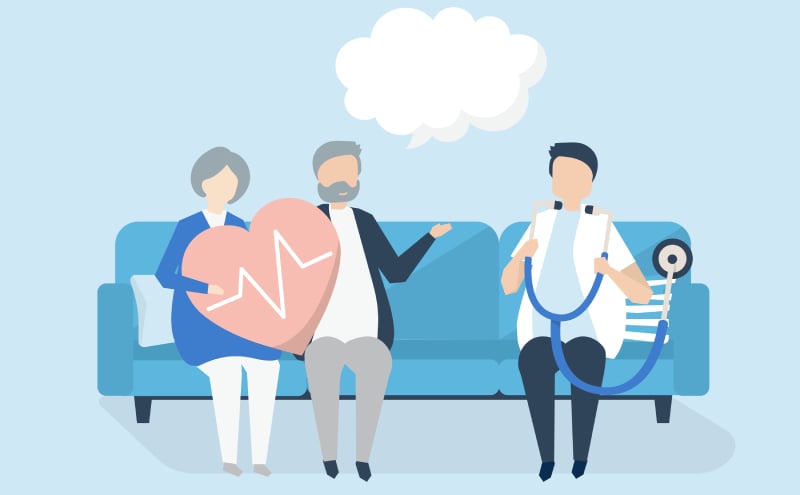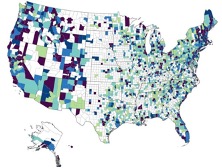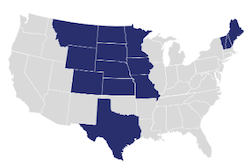
VOICES FROM THE FIELD: Equal Footing: The Rural Penalty and How Telemedicine Levels the Playing Field
By Kelly Rhone, MD FACEP | Chief Medical Officer | Avel eCare
The U.S. is the 4th largest country in the world and although most of its citizens live in urban areas, a significant portion reside in rural, remote regions. According to the U.S. Census Bureau, 1 in 5 Americans live in rural areas where there are well-documented barriers to receiving care. From workforce shortages to long travel times, these pernicious problems add up to a healthcare system with significant inequity between urban and rural citizens. And this inequity has consequences: since 1990, the rural mortality rate has been exceeding the urban mortality rate, creating a noticeable gap in care.
Closing the Divide
Unfortunately, access to physicians plays a major role in perpetuating these challenges. According to a recent report from ACEP, even though there has been a 28% increase in EM residency positions during the past 10 years, there is no increase in board certified physicians working in rural EDS. And, considering only 2% of all physicians work in small rural areas, this can have lasting impacts on millions of people and hundreds of communities. Avel eCare seeks to reverse this trend.
Since 2009, our emergency medicine team has been delivering high quality care to rural EDs through telemedicine. At the touch of a button, any emergency department can have immediate access to board-certified emergency physicians and experienced emergency nurses to assist with any case or situation. Whether it’s airway management or consulting on a particularly difficult case, Avel is there to help 24/7/365.


The top map, produced by the 2020 ACEP Rural Emergency task force, illustrates the number of board-certified emergency physicians actively practicing across the United States. The bottom map is Avel’s coverage area and demonstrates how it has targeted services to rural areas lacking coverage.
Better Access, Better Outcomes
This work, having grown from supporting a handful of sites to now more than 220 facilities across 14 states, has resulted in a noticeable improvement in quality outcomes. We are now seeing nearly 17,000 emergency calls per year. While most of these calls involve the sickest patients, including 985 full codes and 1,028 emergency airways, the sites can call for a consult on any patient regardless of acuity.
We have worked hard to ensure we are delivering quality to our patients as well. In the setting of STEMI, door to lytics is 14.3 minutes earlier and for stroke door to lytics is 14.1 minutes sooner than situations where telemedicine wasn’t activated. In addition, when trauma patients arrive in a rural ED with Avel eCare, our team is able to achieve transfer to a trauma center an average of 33 minutes sooner than without telemedicine.
Telemedicine adds a layer of support and reassurance for rural providers and clinicians. From assisting with difficult airways to consulting on difficult or traumatic cases, telemedicine care teams are making a real difference helping to preserve the fabric of rural healthcare.



